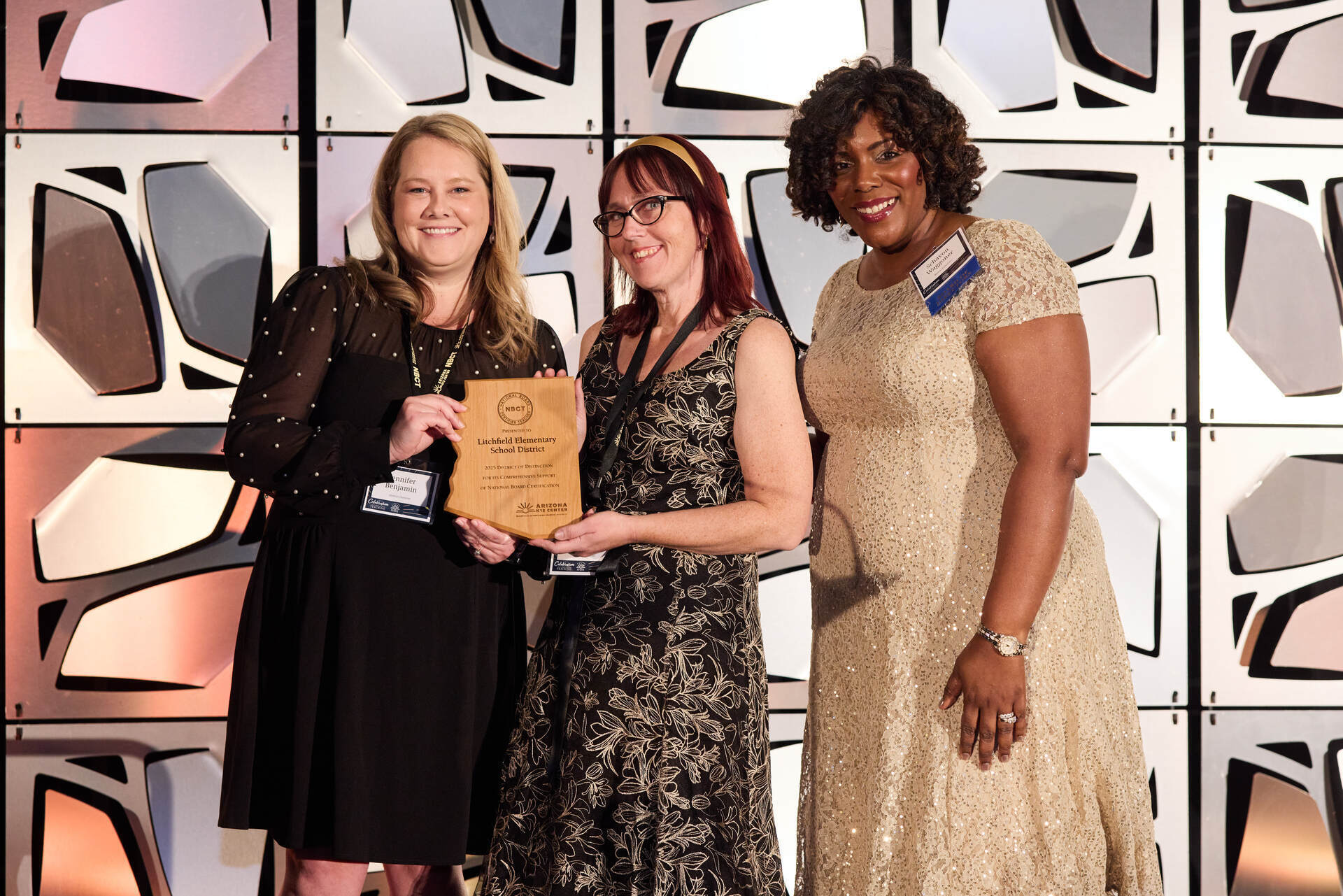June 8, 2022
Your Complete Back-to-School Checklist
From your sunny summer hammock, it may be hard to consider the hectic nature of the start of fall semester. However, by planning intentionally and in advance for the factors that will largely dictate your classroom culture, you and your students will have a more engaging and productive year together.
Here’s our complete back-to-school checklist, applicable for educators of any grade level and subject area.
Designing the Physical Space
- Decide on your desk layout. The optimal layout will promote collaboration, inquiry, and student-centered learning.
- Plot out and decorate an area that will display student work.
- Hang visual aids that are relevant to your subject area (unit conversion chart, map, etc.)
- Reinforce school values and routines on the wall. Make it fun, positive, and colorful!
- Decide where you will project daily learning targets (e.g., TV monitor, whiteboard, wall).
Family Communication
- Choose an app to use for family communication (e.g., Remind or ClassDojo) and create/update your account info.
- Plan a family communication schedule that you will use throughout the school year.
- Send a welcome email including a bit about you, your contact info, class structure, tips for success, and a reminder sign-up info for the communication app you use. Remember to share out in the languages your families use.
Building Student Relationships
- Write a welcome letter to your students and assign a response letter in return. These will quickly give you insights into your students.
- Always be at the door to greet your students. It may seem simple but sets the tone for the welcoming classroom community you're creating.
- Learn your students’ names and correct pronunciations as quickly as possible!
- Assign classroom duties. These will both give students a sense of ownership and take work off your back.
- Create opportunities to have brief one-on-one conversations.
- Be authentically interested in your students’ outside interests.
Organization
- Decide on the grading system you will use this year.
- Set up your gradebook based on the system you decide on.
- If your school is still using a learning management system or if you have a teacher website, make appropriate updates and set up this year’s classroom spaces.
- Get in touch with your school/district tech people to order any technology you need.
- If you teach a subject area that requires supply ordering (we’re talking to you, science and art teachers!), inventory your supplies and place last-minute orders.
- Gather, organize, and set up emergency supplies (e.g., first-aid kits, maps showing emergency exits, class rosters). Your administration should also provide guidance on this.
- Prepare a substitute teacher folder, and include a general lesson and class rosters.
Routines/Procedures
- Set your restroom procedures: Will students need to ask? Take a hall pass with them? Will you allow restroom breaks only during independent work time?
- Determine the cellphone, unexcused tardy, and absence policies in your classroom. These may need to be based on your school policies, so find those out first.
- Decide on your late-work and makeup-work policies.
- Make seating charts and decide how frequently you will change student seats. Some teachers prefer to change seats every unit as a symbolic fresh start, for example.
- Coordinate with your school/department to determine behavior policies.
- Last, write/update your syllabus to reflect any new or changed policies.











